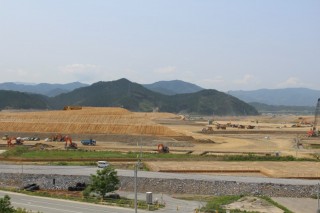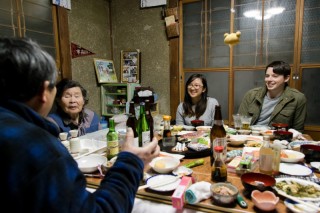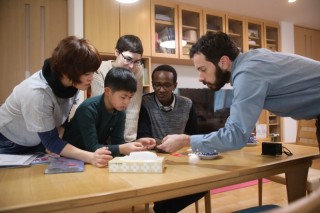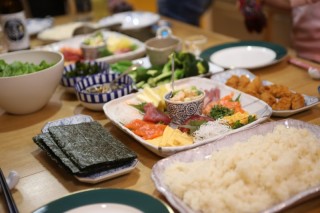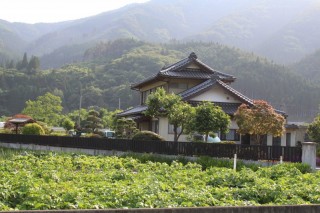Loading
Search
▼ Rikuzentakata, Iwate
- Category:Experience
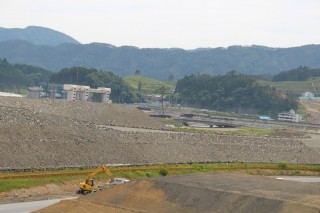
JAPAN TRAVEL
Perseverance and hospitality in Japan
Rikuzentakata (陸前高田) is a coastal city in southern Iwate Prefecture. Iwate is known for a number of popular attractions along its lengthy Pacific coastline, but a few of these areas are still recovering and facing incredible challenges as a result of the 2011 earthquake and tsunami.
Rikuzentakata is one such area that has become a symbol of disaster recovery in Japan with its effort to take on the enormous project of rebuilding the once beautiful city from zero. In addition to viewing the recovery efforts, Rikuzentakata is a wonderful opportunity for visitors to stay with locals and experience rural life in Japan first-hand.
https://youtu.be/YgX4Pc2qwCk
A symbol of perseverance
Rikuzentakata was one of the cities hardest hit by the 2011 tsunami. Waves reaching as high as 15 meters overtook the entire city in minutes, sweeping away buildings, homes and schools. Even today, the coastline and city center remain empty.
The area is a testament to the enormous re-building efforts that follow a disaster of this magnitude. Visitors from around the world come to experience the area on foot and see the before and after pictures and videos found in the tourist center. There are opportunities to hear first-hand stories from those who lived through the experience and have remained in the area as they had no where else to go. Many of these stories are incredibly positive and focus on the strength of collaboration and support this community experienced from around Japan and the world. The construction marvels through the area are a wonder to behold as the entire region has become an enormous construction site with thousands focused on rebuilding their city.
One of the strongest symbols of the area is the "Miracle Pine," a lone pine tree over 200 years old that stood on the beach alone – the sole survivor where hundreds of pines stood together before the tsunami hit. Sadly, the tree perished in the following years due to salt toxicity, but a park remains where visitors can view a replica of the 27-meter-tall testament to survival.
An experience to remember
After the disaster, thousands were displaced with nowhere to go. Neighbors in the surrounding area opened up their homes to the displaced as they attempted to find a way to rebuild their lives. This hospitality shown during this time continues today as the area is now famous for an abundance of minpaku (homestay) opportunities for visitors and tourists who wish to see the area. If you are traveling with family you can find a family minpaku with kids of age similar to your own for a wonderful exchange of culture and language. I stayed in one such home myself and had an amazing experience. The mother showed us around the house and to our rooms, decked out with traditional Japanese decor, tatami mats, and a shrine area in the living room.
Outdoors, the father showed me around the multiple rice fields in the area and explained to me in great detail how he managed the area, what plants and vegetables he was growing and how his own house and family are able to support themselves with their own land and hard work. I clearly remember one experience where he jumped into the knee-high water in the rice paddies and came back with a smile and a few frogs hidden in his palms to surprise us with. One of the best aspects of minpaku is that food and snacks are typically included with any stay. The fresh foods and local specialties home-cooked right in front of you are unique, memorable and—best of all—incredibly delicious. There is really not a better way to spend an evening than sipping on sake and beer and sharing stories with the Rikuzentakata locals. Some of the stories can be painful to hear, but the conversation overall leaves a lasting positive impression and a strong hope for the future. Visiting Rikuzentakata is more than touring the coastline and rebuilding efforts. Surrounding the remains of the city center and rebuilding efforts, there are beautiful mountains and forest areas. There are many famous restaurants with local Iwate foods and drinks. Just north of the city, access to the Sanriku Railways provides a beautiful coastal train ride of the Iwate coast, most of which has recovered completely from the events of 2011. Rikuzentakata is a wonderfully refreshing experience for anyone looking to experience the resilience and warmth of the Japanese people.
Website and Video
Official website - Visit Takata
Official video - Visit Takata YouTube Channel
Access
From Tokyo take the Shinkansen to Ichinoseki Station. From Ichinoseki Station, the JR Ofunato Line runs to Kesennuma where you can take the JR bus line to Rikuzentakata Station. Rikuzentakata is around 2 hours from Ichinoseki Station, with a total trip time closer to 5 hours departing from Tokyo.
By Geoff Day
- September 22, 2017
- Comment (0)
- Trackback(0)


